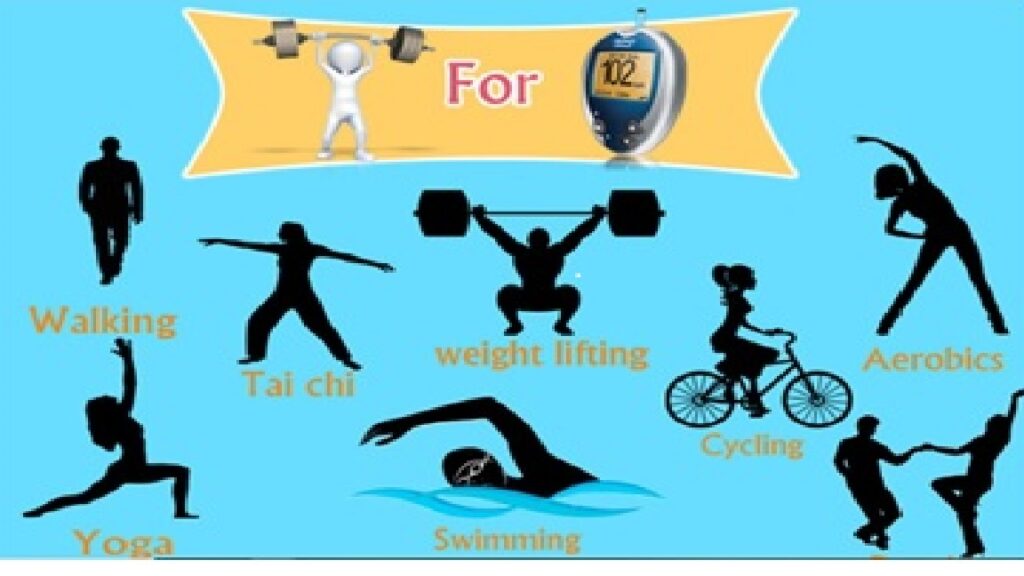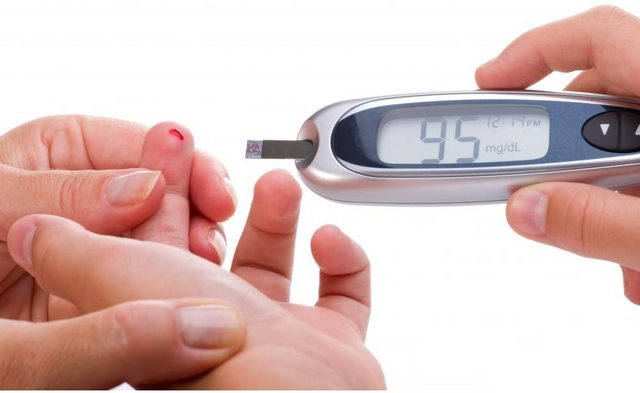Are you travelling abroad or is there a change in your daily routine?
Changes in routine can present a number of difficulties from meal times to medication schedules. Job shift work can alter the body’s circadian rhythms which respond to natural daylight of sun and darkness of moon. Consequently, blood sugar levels can be affected thereby altering sleep timings which can lead to hyperglycaemia or hypoglycaemia. Changes in sleep or job shift times can also affect your eating pattern during the day.
Changing routines is a complex process and involves more than simply rearranging blocks of time. Daily routines influence the integration of diabetes self-management into daily life. A study showed that integrating diabetes self-management into daily life involves changing behaviours and learning new skills, both of which require modification of established routines. A key finding in a study mentions that modification of existing routines is often challenging because routines become habits and are therefore undetectable to those needing to change them. A strong encouragement and support from family and friends can help overcome this issue.
General travel tips for Diabetics :-
- Patients should pack more test strips, insulin, syringes, pens and other diabetes equipment than they will need for the trip.
- They should also pack a spare glucose meter in case of loss or damage.
- They should have a written note on details of emergency contacts.
- If flying, insulin, syringes/pens and testing equipment should be kept and divided between two pieces of hand luggage.
- To help prevent deep vein thrombosis (DVT) and to make the trip more comfortable, patients are advised to move about the cabin and do the chair-based exercises regularly.
- If the patient is travelling overseas, he/she must make be prepared for different foods, changes in time zones and extreme climates as well as being prepared for mishaps such as delays and misplaced baggage. Planning a trip for a person with diabetes is important.
Doctors must advise patients that it is healthier to prepare home cooked meals in advance to ensure they are eating nutritious food. Planning meals days in advance can be used so they are not rushing to cook food in-between shifts.
Advise them to bring their own healthy snacks to work rather than buying something processed from a shop or a vending machine.
Patient should always be prepared to treat low glucose while travelling as travelling may disrupt their normal routine for both eating and dosing insulin. Patients should pack extra diabetes supplies and keep it handy, so that they could easily access it when required.
If you like this tips and advice, share them with your fiends.










